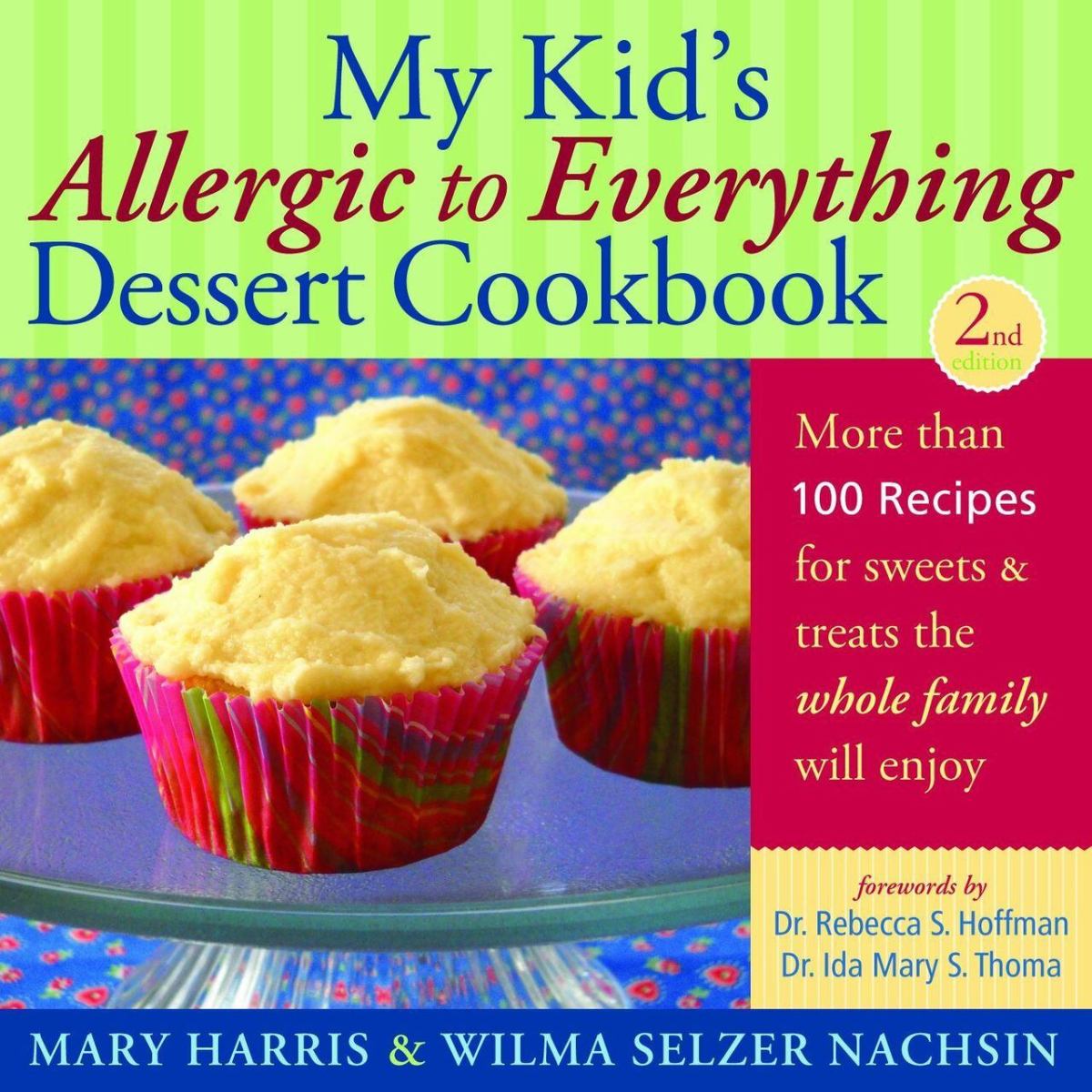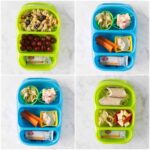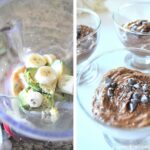Navigating the world of allergen-free cooking can feel like a culinary tightrope walk, especially when trying to create delicious, kid-approved meals without breaking the bank. This guide throws a safety net, offering a treasure trove of budget-friendly recipes designed to satisfy even the pickiest eaters while sidestepping common allergens like dairy, eggs, nuts, soy, and wheat. Imagine vibrant, colorful dishes bursting with flavor, each carefully crafted to be both nutritious and affordable. Get ready to embark on a delicious journey, transforming your kitchen into a haven of allergen-free culinary delights!
We’ll explore clever ingredient substitutions that won’t compromise taste or nutrition, unveiling simple, quick recipes perfect for busy weeknights. Learn to plan your meals strategically, maximizing your grocery budget and minimizing food waste. Discover the magic of batch cooking and freezing, ensuring a constant supply of healthy, allergen-free meals readily available for your family. Even baking becomes accessible with our simple, budget-friendly allergen-free treats. Prepare to master the art of creating delicious and affordable allergen-free meals your kids will adore.
Planning Allergen-Free Meals on a Budget
Creating delicious and nutritious allergen-free meals without breaking the bank is entirely achievable with careful planning and smart shopping strategies. This section provides a practical weekly menu plan, along with valuable tips to minimize food waste and maximize your grocery budget.
Weekly Allergen-Free Menu Plan
A well-planned weekly menu is key to efficient budgeting and minimizing food waste. This sample menu focuses on five allergen-free dinners and two lunches, keeping cost-effectiveness in mind. All recipes are easily adaptable to suit your family’s preferences and any additional dietary needs.
| Day | Meal | Description |
|---|---|---|
| Monday | Dinner | One-pot lentil stew with carrots, celery, and potatoes. A hearty and filling meal, packed with vegetables and protein. |
| Monday | Lunch | Leftover lentil stew. |
| Tuesday | Dinner | Chicken and vegetable stir-fry with rice noodles. Use chicken breast for a lean protein source and a variety of colorful vegetables like broccoli, peppers, and snap peas. |
| Tuesday | Lunch | Rice noodle salad with leftover stir-fry vegetables. |
| Wednesday | Dinner | Baked sweet potato with black beans and corn salsa. A vibrant and flavorful meal offering a good balance of carbohydrates and fiber. |
| Thursday | Dinner | Simple turkey meatballs with zucchini noodles. A lighter take on classic meatballs, perfect for a weeknight meal. |
| Friday | Dinner | Quinoa salad with roasted vegetables and chickpeas. A versatile and healthy salad that can be adapted with different seasonal vegetables. |
| Saturday | Dinner | Homemade pizza with dairy-free cheese and your favorite allergen-free toppings. This allows for creative flexibility and family involvement. |
| Sunday | Dinner | Chicken and vegetable soup. A comforting classic that can be made in a large batch and frozen for future meals. |
Minimizing Food Waste and Maximizing Ingredient Use
Strategic meal planning significantly reduces food waste. Using leftovers creatively is key. For example, leftover roasted vegetables from the quinoa salad can be added to the soup or used as a side dish. Planning meals around similar ingredients helps reduce surplus. The lentil stew and the soup, for example, both utilize carrots and celery, maximizing the use of these ingredients. Freezing leftover portions extends their shelf life and prevents spoilage. A vibrant image comes to mind: a freezer overflowing with labeled containers of homemade soup and perfectly portioned stir-fry, ready for a quick and easy meal.
Strategies for Bulk Buying and Smart Shopping
Buying in bulk can be advantageous, especially for staple ingredients like rice, quinoa, and beans. However, it’s crucial to ensure you can consume these items before their expiration dates. Compare unit prices carefully to determine the most cost-effective option. Look for sales and discounts on allergen-free products. Consider buying in bulk only for non-perishable items you regularly use. Shopping with a list and sticking to it prevents impulse purchases. Prioritizing seasonal produce is another way to save money, as these items are usually more affordable. A clear mental picture: a well-organized pantry, neatly stocked with bags of rice, quinoa, and beans, alongside colorful jars of spices, reflecting a strategic approach to budget-friendly grocery shopping.
Batch Cooking and Freezing Allergen-Free Meals

Batch cooking and freezing allergen-free meals is a fantastic way to save both time and money while ensuring your family always has delicious, safe food on hand. This strategy allows you to prepare large quantities of food during a single cooking session, portion them into freezer-friendly containers, and then easily reheat meals throughout the week or even month. This method minimizes meal prep stress and reduces the likelihood of resorting to less healthy, less budget-friendly takeout options.
Allergen-Free Batch Cooking Strategies
Efficient batch cooking involves careful planning and preparation. Begin by selecting recipes that freeze well – those that are naturally hearty and don’t become overly mushy or watery upon freezing. Consider using sturdy containers that are freezer-safe and leak-proof to prevent freezer burn and spills. Label each container clearly with the contents and date for easy identification and tracking. Remember to allow adequate cooling time before freezing to prevent condensation buildup and potential freezer burn.
Examples of Freezer-Friendly Allergen-Free Recipes
Here are three allergen-free recipes ideal for batch cooking and freezing, each with specific freezing and reheating instructions:
Dairy-Free Lentil Soup
This vibrant, hearty soup is packed with protein and fiber, making it a satisfying and nutritious meal. Imagine a rich, ruby-red broth brimming with tender lentils, carrots, and celery. A hint of warming spices adds depth and complexity.
Freezing Method: Cool the soup completely before portioning it into individual freezer-safe containers. Leave about an inch of headspace at the top to allow for expansion during freezing. Seal tightly and label clearly.
Reheating Method: Thaw overnight in the refrigerator or quickly in the microwave. Reheat gently on the stovetop or in the microwave until thoroughly heated through. A splash of fresh lemon juice just before serving brightens the flavors.
Chicken and Vegetable Stir-Fry (Soy-Free, Nut-Free)
This colorful stir-fry is a great source of lean protein and vegetables. Picture vividly colored bell peppers, crisp broccoli florets, and tender chicken pieces glistening in a savory sauce.
Freezing Method: Cook the stir-fry until the vegetables are tender-crisp and the chicken is cooked through. Cool completely before portioning into freezer-safe containers. Avoid overcrowding the containers to allow for even freezing.
Reheating Method: Thaw overnight in the refrigerator. Reheat in a skillet over medium heat, adding a little water or broth if needed to prevent sticking. The sauce will thicken slightly as it reheats.
Gluten-Free and Egg-Free Meatloaf
This comforting classic gets a healthy makeover, free from common allergens. Visualize a beautifully browned loaf, firm to the touch, with a subtly sweet and savory flavor profile.
Freezing Method: Once the meatloaf is fully cooked, allow it to cool completely. Wrap tightly in plastic wrap, then in aluminum foil for extra protection against freezer burn. This double-wrapping method helps maintain the meatloaf’s moisture and texture.
Reheating Method: Thaw overnight in the refrigerator. Reheat in a preheated oven at 350°F (175°C) until heated through, or gently reheat slices in a skillet.
Proper Food Storage Techniques for Frozen Allergen-Free Meals
Proper storage is crucial for maintaining the quality and safety of frozen allergen-free meals. Freezer burn, caused by exposure to air, can affect the texture and flavor of food. To minimize this, ensure that containers are tightly sealed and that there is minimal air space inside. It is recommended to use freezer-safe containers specifically designed for food storage. Additionally, clearly label all containers with the contents and date of freezing to facilitate easy identification and to prevent food from being stored for excessively long periods. A well-organized freezer helps maximize space and ensures that older items are used before newer ones. Following these guidelines will help extend the shelf life of your carefully prepared meals and minimize food waste.
Creating delicious, kid-friendly, allergen-free meals on a budget is entirely achievable! By embracing smart substitutions, efficient meal planning, and the time-saving power of batch cooking and freezing, you can transform your kitchen into a vibrant hub of healthy, affordable, and allergy-conscious eating. This guide empowers you to confidently navigate the complexities of allergen-free cooking, ensuring your family enjoys flavorful, nutritious meals without financial strain. So, ditch the expensive pre-made allergen-free options and embrace the joy of creating wholesome, budget-friendly meals your children will love!
User Queries
What if my child has multiple allergies?
This guide provides foundational principles; adapt recipes by carefully checking ingredient labels and substituting accordingly. Always consult with a doctor or registered dietitian for personalized dietary advice.
How can I ensure my allergen-free meals are still nutritious?
Focus on whole grains, lean proteins, fruits, and vegetables. The guide highlights the nutritional benefits of ingredient substitutions, ensuring your family receives essential nutrients.
Where can I find allergen-free ingredients affordably?
Shop at bulk stores, utilize sales and coupons, and consider buying in season produce. Planning your meals around sales can significantly reduce costs.
What if my child refuses to eat allergen-free meals?
Introduce new foods gradually, involve your child in the cooking process, and be patient. Positive reinforcement and creative presentation can help.


